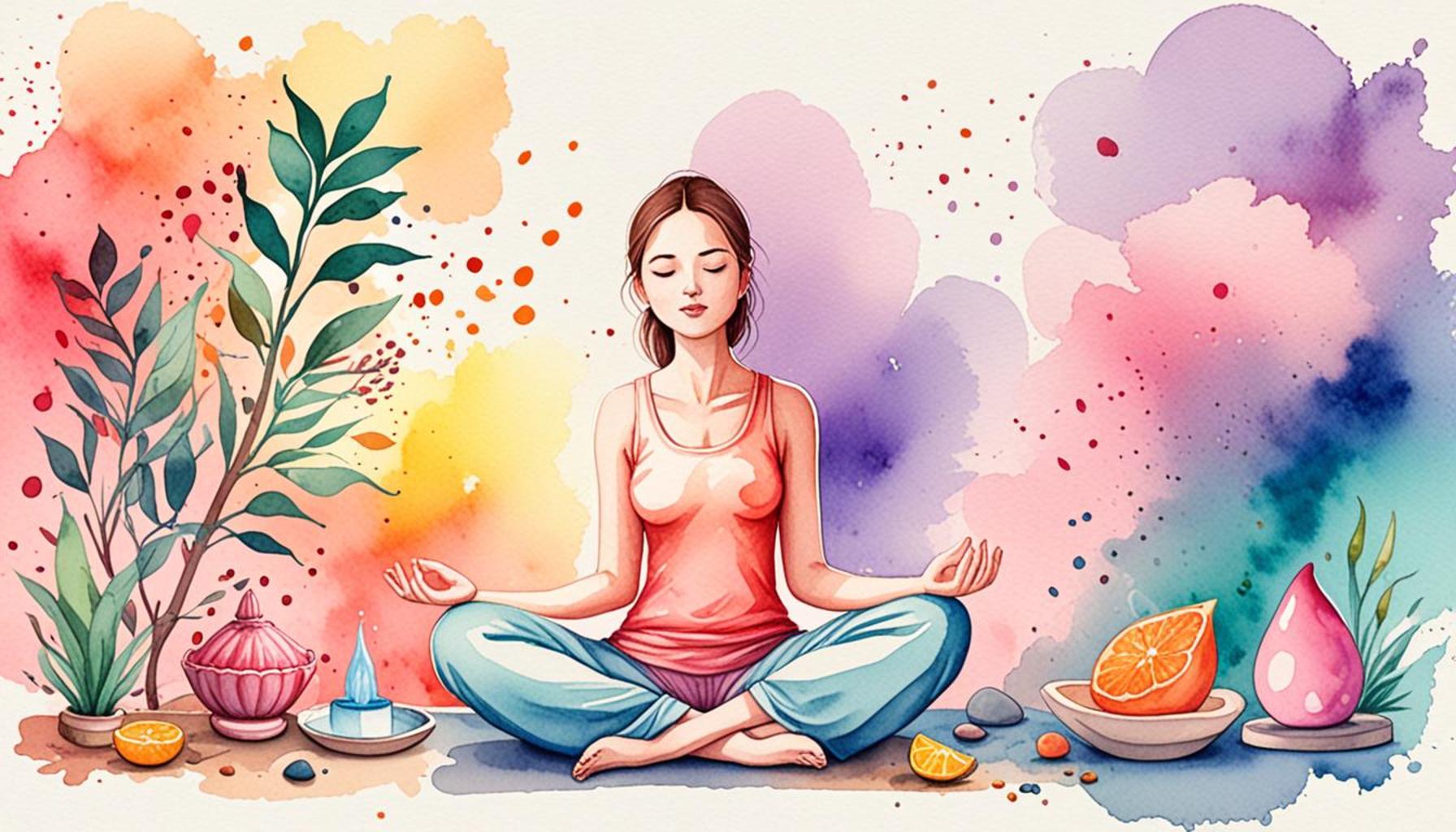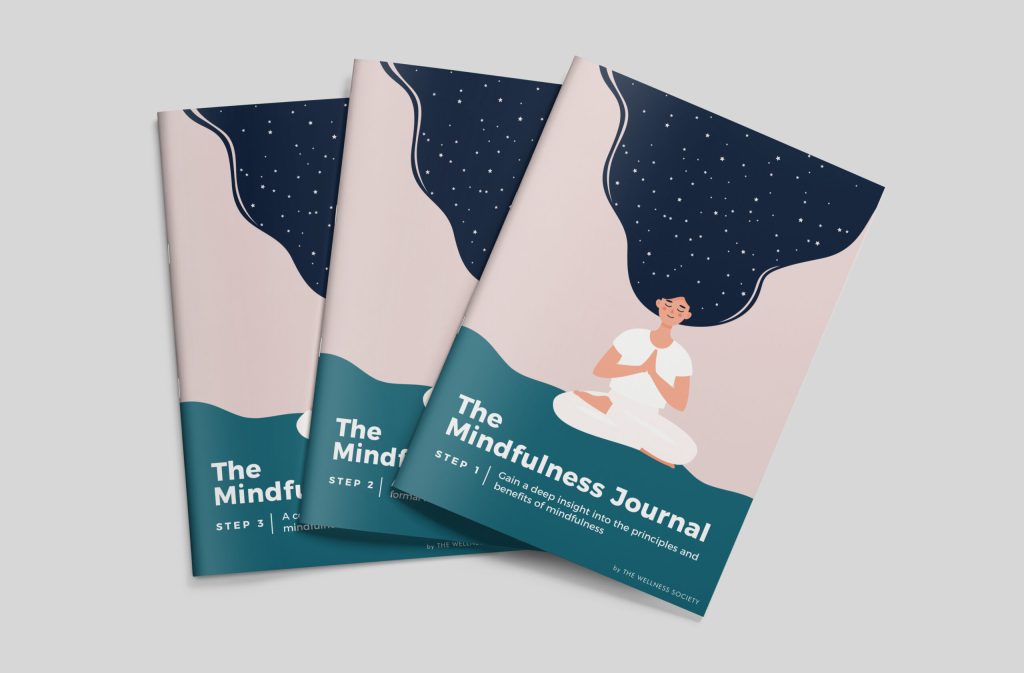How Mindfulness Can Help in Eliminating Unnecessary Items

Embracing Clarity and Simplicity
In an age where consumerism reigns and clutter accumulates, finding peace amid chaos can feel daunting. The practice of mindfulness offers a refreshing approach to tackling unnecessary items in our lives. By fostering awareness and intentionality, mindfulness can pave the way for a more organized and serene living space.
The Power of Mindfulness
Mindfulness encourages us to be present, reflecting on what is truly essential. It invites us to evaluate our possessions through a clearer lens. By engaging with our belongings mindfully, we can make more informed decisions. This process not only helps in decluttering but also aids in understanding our emotional attachments to material items. Here are some impactful ways mindfulness assists in decluttering:
- Enhanced Awareness: Mindfulness allows us to notice emotional responses tied to our belongings. For example, holding a piece of clothing that you no longer wear may evoke memories of a particular occasion. By recognizing these feelings, you can make a conscious choice about its significance in your life.
- Intentional Decision-Making: Through mindfulness, you can commit to keeping only what adds value to your life. Consider the concept of the one-in-one-out rule, where for every new item you bring into your home, you remove an existing one. By applying this principle intentionally, you not only maintain overall organization but also prevent future clutter from accumulating.
- Reduced Anxiety: Letting go of items that no longer serve a purpose can be liberating. Studies have shown that decluttering leads to reduced stress levels. By finding calm in the act of releasing possessions, you make space for positivity and clarity in your environment.
As you incorporate mindfulness into your decluttering journey, you may find that the benefits extend far beyond a tidy home. It cultivates personal growth and clarity, offering an opportunity to explore the link between mindfulness and your personal space. Prepare to uncover not only the items that weigh you down but also insights that free your mind. For instance, individuals who embark on this mindful journey often report increased focus and improved mental well-being, attributable to the reduction of distractions around them.
In conclusion, embracing mindfulness as part of your decluttering practice can significantly transform both your living space and your mental landscape. By combining the principles of mindfulness with decluttering, you’re not merely organizing your home; you’re setting the stage for a more intentional and fulfilling life. The journey may take time, but the clarity and serenity gained along the way are well worth the effort.
DISCOVER MORE: Click here to learn about the psychological benefits of conscious consumption

Mindful Assessment of Your Belongings
To fully grasp the power of mindfulness in decluttering, one must start with a mindful assessment of belongings. This step involves taking a slow, intentional look at each item and questioning its role in your life. Rather than hastily sorting through possessions, practicing mindfulness encourages a deeper exploration of what these items truly represent. This can help unearth emotional attachments and the reasons behind the accumulation of clutter.
One effective approach is the two-minute rule. This technique suggests that if an item requires less than two minutes to address, such as sorting it, donating it, or disposing of it, you should handle it immediately. This fosters a habit of quick decision-making, reducing the mental load of indecision that often accompanies clutter. By applying this simple rule consistently, you can prevent the build-up of unnecessary items and maintain a minimalist lifestyle.
Understanding Emotional Attachments
Many of us hold onto items because they carry significant emotional weight. Whether it’s a childhood toy, a gift from a loved one, or even an outfit that no longer fits, these possessions can become symbols of our memories and experiences. Through mindfulness, you can learn to recognize these attachments without judgment. Engaging in this practice may involve the following steps:
- Reflect on the Memory: Before discarding an item, take a moment to reflect on the memories it brings. Consider how it contributed to your life, and whether those memories are worth preserving in other ways, such as photographs or stories.
- Assess Current Relevance: Ask yourself if the object still serves a purpose in your life today. Does it contribute positively to your mental and physical space? If not, it may be time to let it go.
- Practice Gratitude: If you decide to part with something, practice gratitude for the joy it provided during your time with it. This mindset shift can make it easier to release items without guilt.
In addition to providing clarity, mindfulness also encourages a shift in perspective regarding consumerism. In a culture that often glorifies accumulation, practicing mindfulness helps you question the need for each purchase. Acknowledging the difference between wants and needs can drastically change how you view your belongings, allowing for more intentional acquisition practices moving forward.
Ultimately, this mindful approach to evaluating your possessions nurtures a deeper understanding of personal values. By recognizing what genuinely adds value to your life, you can create a space that reflects your true self rather than the clutter of fleeting trends and societal pressures.
| Category | Details |
|---|---|
| Mental Clarity | Mindfulness cultivates awareness of what truly matters. |
| Emotional Release | Practicing mindfulness can help in letting go of emotional attachments to objects. |
Mindfulness plays a pivotal role in fostering mental clarity, guiding individuals to recognize the intrinsic value of possessions versus their perceived emotional weight. By engaging in mindfulness practices such as meditation or conscious breathing, people can develop a sharper focus on their present circumstances and assess whether an item genuinely serves a purpose in their lives. This clarity often leads to a significant reduction in accumulated clutter, making it easier to create living spaces that are not only aesthetically pleasing but also peaceful and inviting.Furthermore, the emotional aspect of our belongings often complicates the decluttering process. Mindfulness aids in creating a crucial emotional distance, allowing individuals to examine their attachments dispassionately. When one can view items as mere materials rather than extensions of self, the process of letting go becomes less daunting. This emotional release not only clears physical space but also contributes to a more serene mental state, promoting a healthier mindset. Those who embrace these principles discover that achieving and maintaining simplicity isn’t just a one-time event but an ongoing journey of self-discovery and intentional living. As mindfulness deepens, so does the understanding of what is truly necessary, paving the way towards a more enriching and focused life.
DIVE DEEPER: Click here to learn more about conscious consumption
Creating a Mindful Decluttering Ritual
Once you’ve assessed your belongings through a mindful lens, the next step is to establish a mindful decluttering ritual. This practice transforms the often-daunting task of clearing out unnecessary items into a more meditative and fulfilling experience. It encourages intentionality and can even improve mental well-being, making decluttering feel less like a chore and more like a nurturing practice.
Begin by selecting a designated space and time for your decluttering session. Creating a specific atmosphere can significantly enhance your mindfulness. Consider incorporating calming elements such as soft music, scented candles, or plants to create a welcoming environment that fosters focus and peace. During this time, aim to engage fully with the task at hand, ensuring your mind is clear and present.
Mindfulness Techniques to Enhance the Process
Integrating mindfulness techniques during decluttering can deepen your connection to the process and heighten awareness of your feelings. Some effective methods include:
- Focused Breathing: Before you begin, take a few moments to practice deep breathing. Inhale deeply through your nose, hold for a second, and exhale slowly through your mouth. This centering technique helps transition your mind from a busy state to one of calm concentration.
- Body Scan: As you assess each item, perform a quick body scan. Notice any physical sensations or feelings of tension that arise in response to specific items. Recognizing these responses can provide insight into emotional attachments and help you decide what to keep.
- Mindful Movement: Instead of working in isolated bursts, incorporate gentle movement, such as stretching or taking breaks for a short walk. This can help maintain energy levels and create a rhythm in your decluttering process, making it more enjoyable.
As you engage with this practice, focus on the process rather than the end goal. The act of decluttering itself should become an experience of self-discovery and reflection, rather than merely a task to complete. Mindfulness encourages you to savor each moment, allowing for greater emotional clarity about what you choose to keep or let go.
Documenting Your Journey
An overlooked aspect of mindfulness in decluttering is the power of journaling. Keeping a decluttering journal can significantly enhance the entire process. After each session, take a few moments to jot down your thoughts and feelings. This practice can validate your experience and help track progress, transforming how you relate to your possessions over time.
Consider noting the following:
- What items did you choose to let go of, and why?
- How did certain items make you feel during the decluttering process?
- What realizations did you have about your relationship with material goods?
By documenting your journey, you can observe patterns in your behaviors and make adjustments to your overall approach to acquiring and maintaining belongings. This ongoing reflection can lead to lasting changes that extend beyond physical items, fostering a deeper sense of contentment and reducing anxiety associated with clutter.
Incorporating mindfulness into your decluttering efforts not only aids in eliminating unnecessary items but also nurtures a more intentional and fulfilling lifestyle. By understanding and appreciating the significance of each piece within your space, you can cultivate an environment that embodies peace and purpose, grounded in the present moment.
DIVE DEEPER: Click here to discover more
Conclusion
In a world where consumerism often reigns supreme, embracing mindfulness can be a transformative approach to decluttering our lives. By actively engaging with our possessions and recognizing the emotional ties we form with them, we can discern what truly brings value to our daily existence. This process invites not just a physical clearing of space but also a profound internal shift towards intentional living.
As we’ve explored, establishing a mindful decluttering ritual gives us the opportunity to create a serene environment that enhances focus and peace. By incorporating mindfulness techniques, such as focused breathing and body scans, we cultivate a deeper connection to our belongings, leading to greater emotional clarity. Additionally, documenting our experiences through journaling serves as an insightful tool, allowing us to recognize patterns and adjust our relationship with material goods in the long term.
Ultimately, adopting mindfulness in our decluttering efforts paves the way for a more intentional lifestyle, free from the clutter that can contribute to stress and anxiety. It empowers us to cultivate an environment that resonates with peace and purpose, fostering an appreciation for simplicity. As we release what no longer serves us, we open the door to new possibilities, allowing space for joy, clarity, and growth in our lives. With a mindful approach, we can not only eliminate unnecessary items but also elevate our overall well-being and fulfillment.


